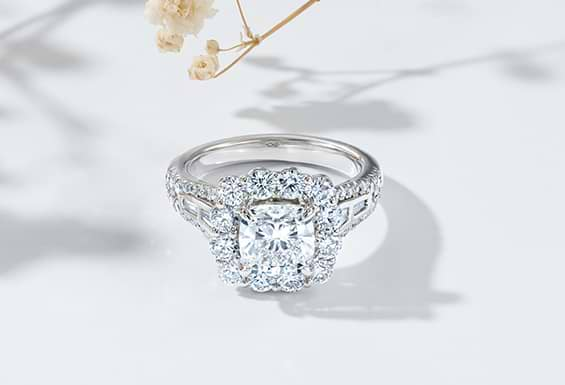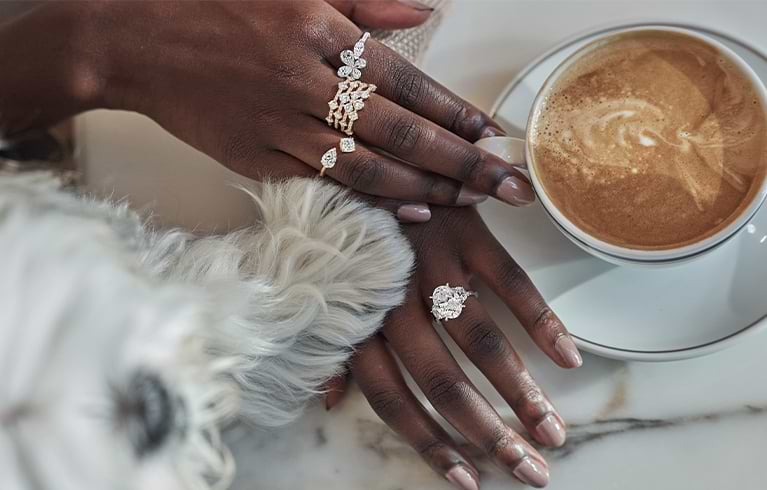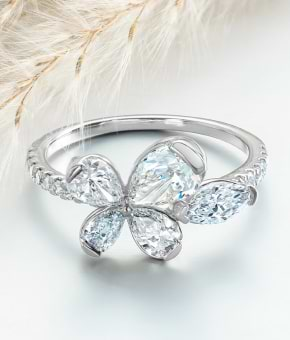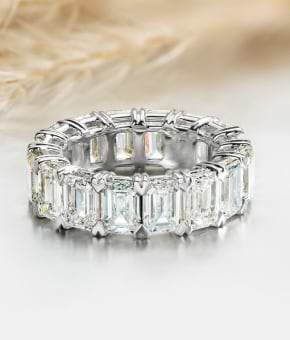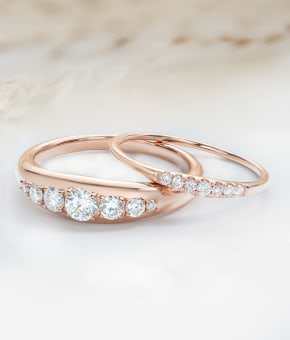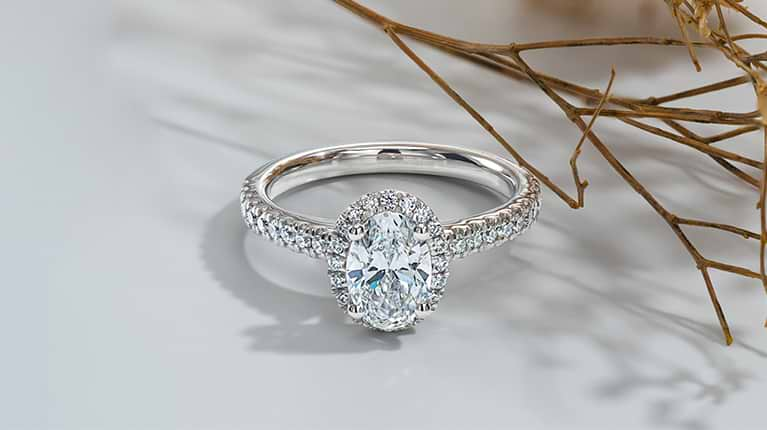

What are conflict-diamonds?
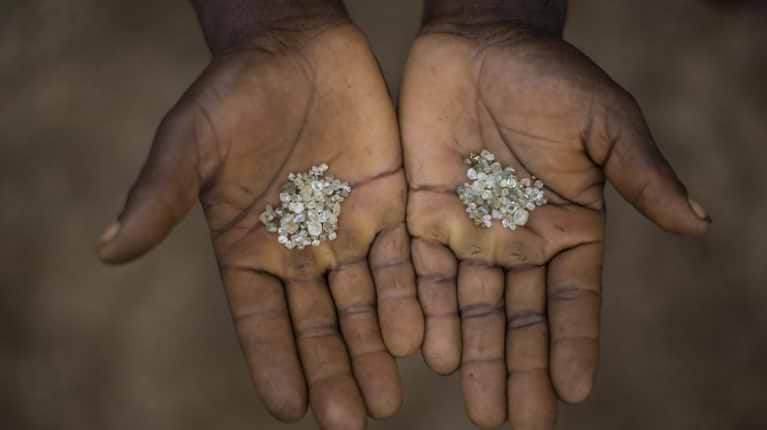
Understanding conflict-free diamonds starts with knowing about 'conflict diamonds.'' The diamond industry has faced criticism because many diamonds are mined in countries experiencing violent conflicts. Often, rebel groups control these mines and use the money from diamond sales to support their fights against governments and harm civilians. Diamonds from these areas are known as conflict diamonds or blood diamonds.
For example, in Sierra Leone, rebel forces used diamonds to buy weapons and pay soldiers. In the 1990s, the diamond trade financed a civil war that killed 75,000 people and left hundreds of thousands homeless. Natural diamonds are also mined in countries with poor working conditions and low wages. According to an article from Time Magazine, "Hundreds of miners die every year in tunnel collapses that are seldom reported because they happen so often."
Of the $81.4 billion diamond industry, 65% originate from Africa. According to a U.N. report published by Reuters a few years ago, the total weight of conflict diamonds smuggled out of the Central African Republic, a heavily war-torn area, was 140,000 carats, a retail value of $24 million.
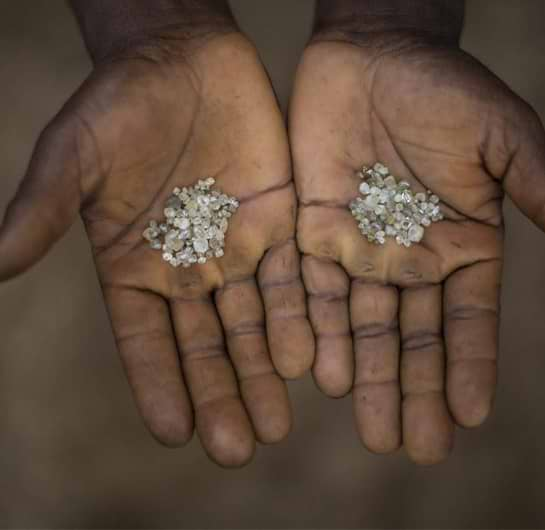
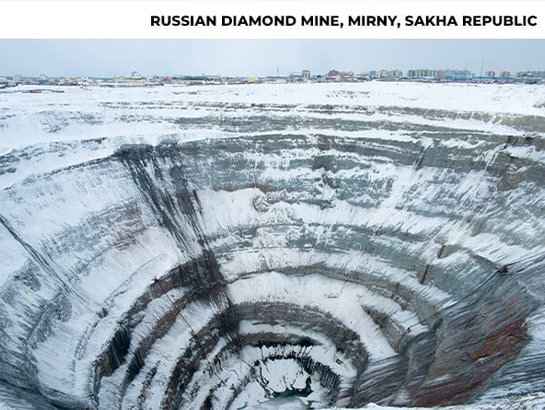
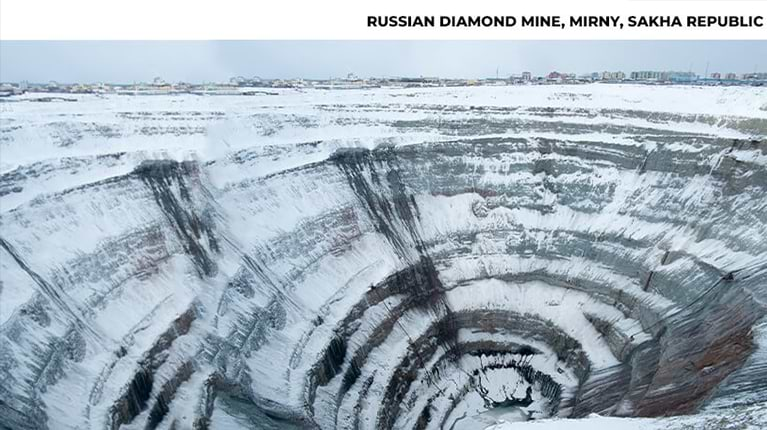
While it's a common belief that diamonds are solely sourced from Africa, they are mined globally, including in Russia, Canada and Australia. Russia is a leading producer of smaller diamonds. Many engagement rings, earrings, pendants and other jewelry sold in the U.S. originate from diamond mines in northeastern Russia. However, the revenue from these Russian diamonds is being used to finance the country's military actions against Ukraine, prompting several nations to categorize these gems as 'conflict diamonds.'
A recent article from The New York Times stated that "Now, the United States and other countries are taking action that could officially label Russian diamonds as 'conflict diamonds,' claiming their sale helps pay for Russia's deadly aggression in Ukraine. 'Proceeds from that production are benefiting the same state that is conducting a premeditated, unprovoked, and unjustified war,' said George Cajati, a U.S. State Department official."
So, will the diamond industry ever be free from conflict stones? While the natural diamond industry may always have controversial sourcing practices, conflict-free diamonds can give you peace of mind. They're mined without funding violence or oppression. And the best part is that they're just as beautiful as any other kind of diamond!
What are conflict-free diamonds?
The diamond industry is trying to track diamonds along the supply chain from the mines to retail stores to prevent the sale of conflict gems. This process meets the standards outlined in the Kimberley Process (KP), a voluntary, international certification scheme that helps avoid the trade of conflict diamonds.
The KP requires participating countries to certify that the diamonds they export are conflict-free, based on the origin of the diamonds and the processes used to extract and trade them. This is a challenging undertaking as there is no way to guarantee that a natural diamond in a jewelry retail store is 100% conflict-free.
Do 100% conflict-free mined diamonds exist?

Many diamond mining companies state they avoid using conflict diamonds, yet verifying these claims is challenging. The difficulty in tracing a diamond's origin is compounded by the fact that they often undergo cutting and polishing in various countries, obscuring their true source and making it hard to verify their conflict-free status.
The article from the New York Times (cited above) also states, "In 2003, the diamond industry established the Kimberley Process, an international certification system designed to reassure consumers that the diamonds they bought were conflict-free. But more than 10 years later, while the process did reduce the number of conflict diamonds on the market, it remains riddled with loopholes, unable to stop many diamonds mined in war zones or under other egregious circumstances from being sold in international markets."
Annually, hundreds of thousands of rough diamonds mined in African countries are sent abroad for cutting, polishing, and then to laboratories for grading. Throughout this journey, a single diamond can change hands 20-30 times before arriving at a jewelry store. This complex process makes it very difficult to guarantee a diamond is entirely conflict-free.

What are my options for buying a conflict-free diamond?
There's good news though: lab grown diamonds are always conflict-free! Because they're grown in a lab under controlled conditions, you can be certain they are never involved in conflict, violence or war. Choosing conflict-free or lab created diamonds offers several advantages over traditionally mined diamonds:
- 100% Conflict-free
Lab grown diamonds are guaranteed to be conflict-free, a reassurance that mined diamonds cannot always provide. Mined diamonds might come from areas plagued by war crimes, human trafficking or genocide, whereas lab grown diamonds are produced artificially, avoiding these ethical dilemmas. - More Affordable
Lab grown diamonds tend to be more affordable than their mined counterparts due to lower production costs. They don't require expensive mining operations and labor. Additionally, they're created under controlled conditions, ensuring consistent quality with every diamond produced, a consistency that mined diamonds can't guarantee. - Ethically Sourced
Choosing lab grown diamonds means supporting ethical and responsible sourcing that doesn't exploit labor or fund conflicts. They represent a moral and accessible alternative, aligning with the growing consumer desire for jewelry that looks beautiful and promotes positive social and environmental outcomes.
Conflict diamonds, also known as blood diamonds, are gems mined in war zones and sold to finance armed conflict against governments. These diamonds are often extracted from mines in African countries under terrible conditions, leading to human rights abuses. The term highlights the ethical issues surrounding certain diamond sources.
Conflict-free diamonds are ethically sourced and sold without financing civil wars or contributing to human rights abuses. They are mined and shipped under strict guidelines to ensure they do not fund conflict or violence, offering consumers a responsible choice in their jewelry purchases.
Yes, lab grown diamonds are considered conflict-free because they are created in controlled environments without the need for mining. This means they do not contribute to the abuse, labor exploitation or conflicts associated with the extraction of natural diamonds from the earth, making them an ethical alternative.
Advantages of lab grown diamonds include their ethical sourcing, higher purity and quality and often lower cost than natural diamonds. Disadvantages may include their perceived lower resale value and the belief that they lack the uniqueness and romantic appeal of earth-mined diamonds.

